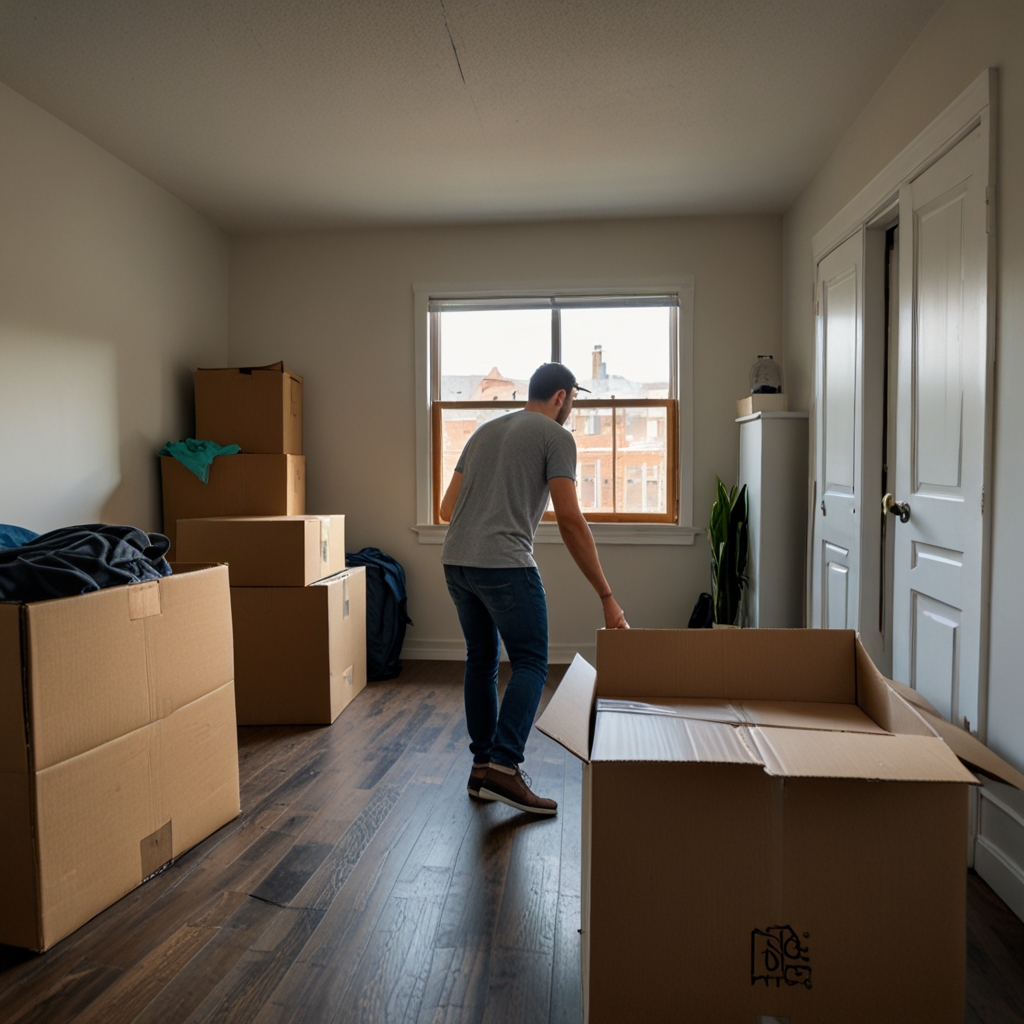
Attracting quality tenants to older rental properties or less updated properties requires strategic property maintenance efforts from landlords and property managers. These vintage properties may pose unique challenges, but with targeted property improvements and savvy marketing strategies, attracting top tenants becomes achievable.
Older rental properties can be revamped to attract quality tenants through effective property renovation and maintenance strategies that focus on tenant appeal. Modern home improvements like updated kitchens with energy-efficient appliances and renovated bathrooms often increase tenant interest in dated homes because these spaces are frequently used. Property management experience shows that minor updates, such as energy-efficient lighting and proper insulation standards, can significantly boost tenant satisfaction. To attract long-term tenants, property revamping techniques should include cost-effective updates like fresh paint or improved landscaping; these dated home enhancements offer a high return on investment for attracting quality tenants.
Affordable property upgrades, such as updating fixtures or adding modern energy-efficient appliances, can significantly boost tenant interest in historic rentals. DIY renovations like installing new cabinet handles or painting doors have proven renovation effects, drawing more tenants effectively through proper property maintenance. Landlord renovation grants are available for older properties, which can cover some costs of these essential property improvements. Choosing neutral paint selections in common areas enhances the rental appeal and broadens tenant attraction by creating a comfortable and inviting space that meets building code compliance standards.
To effectively market older properties to potential tenants through the rental application process, emphasize unique features or vintage charm that distinguish them from newer rentals. In today's competitive rental market, digital rental listings play a crucial role, reaching a significant audience of potential tenants through rental market demographics. Utilizing property marketing platforms like Zillow and Apartments.com can facilitate tenant attraction through marketing efforts focused on heritage building promotion. High-quality rental property photography is essential, as well-composed images create interest, allowing potential tenants to envision living in these historic spaces.
Special digital rental platforms like RentCafe specialize in older rentals, providing specific audience targeting through property management software. Approximately 70% of prospective tenants actively use online platforms to find rental properties, highlighting the digital marketing strategies' importance. Using niche rental sites benefits property managers by reaching qualified tenants specifically interested in unique, older homes. Social media rental listings offer crucial advantages, with platforms like Facebook Marketplace and Instagram allowing landlords to connect with a broad tenant base, thereby increasing the likelihood of successful aged home promotion through proper tenant screening processes.


| Strategy | Investment | Impact | Cost ($) | Time (weeks) | Tenant Interest (%) |
|---|---|---|---|---|---|
| Fresh Paint | Low | High | 500 | 1 | 50 |
| Professional Landscaping | Medium | Moderate | 1500 | 2 | 35 |
| Energy-Efficient Appliances | High | High | 3000 | 3 | 60 |
| Energy Efficient Windows | High | Moderate | 5000 | 4 | 40 |
| Modern Security Features | Medium | High | 2000 | 1 | 55 |
| Updated Bathrooms | High | High | 4000 | 5 | 70 |
Fostering a sense of community in historic buildings can attract long-term tenants by creating a welcoming atmosphere that enhances their rental experience through proper property management. Incorporating community building strategies such as engaging group activities and tenant satisfaction programs increases occupant satisfaction and leads to higher tenant retention rates. Research shows 65% of tenants prioritize neighbourhood amenities, making property maintenance impact a crucial factor for tenant satisfaction. Community events like potlucks and movie nights planned through effective community event planning enhance tenant interactions and make heritage properties more desirable. Social platforms like Nextdoor facilitate these engaging rental community enhancements while increasing tenant loyalty to historic communities.
Modern tenants prioritize community features like fitness centres and tenant satisfaction programs when choosing historic buildings that meet building code compliance. Data from 2023 shows that wellness programs, such as yoga classes, significantly impact tenant satisfaction by promoting healthier lifestyles in vintage properties. Shared spaces in heritage buildings, like communal lounges with proper insulation standards, enable residents to meet, thus enhancing tenant interactions regularly. Eco-friendly initiatives are becoming popular among tenants of historic rentals, with 80% expressing interest in recycling options and energy-efficient appliances. Property maintenance amenities such as rooftop gardens and co-working lounges are crucial to increasing rental appeal through proper property management.
Property management strategies like highlighting unique architectural characteristics can help attract quality tenants to historic properties, emphasizing their character and rich history. A rental market analysis in 2022 revealed that 40% of tenants find vintage charm marketing more appealing than modern designs when considering proper property maintenance. Offering rental incentives for heritage properties, such as discounted initial rent or waived fees, catches tenant appeal efficiently through effective lease agreements. Successful marketing case studies from companies like Zillow demonstrate that tenant appeal tactics effectively modernizing historic rentals attract quality tenants with unique needs through proper tenant screening.
More than 30% of prospective tenants prefer heritage homes over contemporary options, showcasing a moderate inclination toward historic styles with proper property maintenance. Young tenants aged 25 to 34, representing 22% of the rental market demographics, show significant demand for vintage rentals due to their architectural appeal and historic features. Research suggests tenants are more likely to choose heritage designs over modern amenities when they seek uniqueness and character in their living spaces through proper property management. Statistical data supports the preference for historic rentals as tenants buying into the charm of heritage homes steadily increase, according to a recent rental market analysis by Apartment List.


Prospective tenants typically seek architectural character and historic charm in heritage rental properties, often preferring their unique architectural details through proper property maintenance. As experienced property managers who have managed historic homes, we find professional tenants appreciate locations in heritage districts that offer a mix of nostalgia and modern convenience. Building code compliance challenges in heritage homes such as outdated plumbing or electrical system upgrades frequently arise, yet addressing tenant concerns with upfront communication can alleviate worries about property maintenance. By adopting tenant satisfaction strategies and offering heritage property requirements, property managers can ensure tenant needs awareness remains at the forefront and increase tenant adaptation techniques through proper property management.
Quality tenants often choose heritage rentals for their unique architectural character and well-built structure, feeling a sense of authenticity and history through proper property maintenance. Lifestyle benefits of heritage homes include the charm of vintage aesthetics and more spacious layouts uncommon in modern counterparts with proper property management. Property management experience shows that tenant experience narratives often highlight the architectural charm of a 1920s house as comforting. Appeal factors in heritage properties include their sturdy build and established neighbourhoods, often more mature than new developments, and historic property attractiveness can reflect the tenant lifestyle preferences for simplicity and stability through proper maintenance.